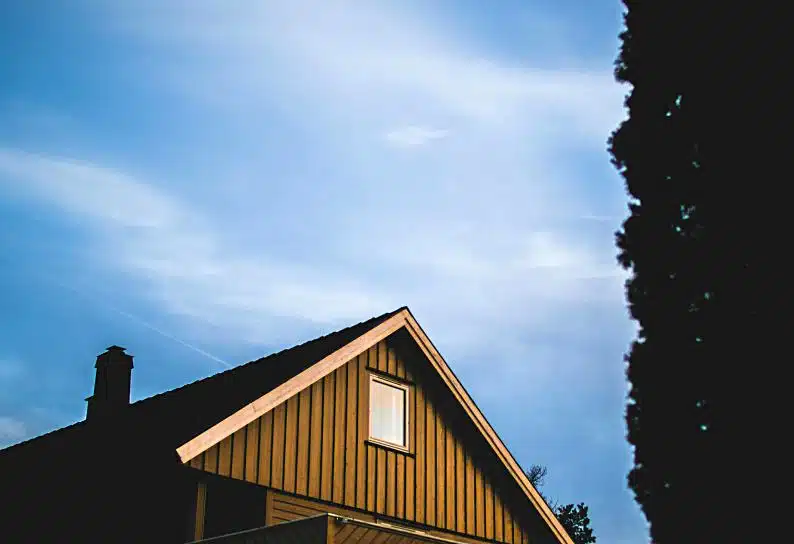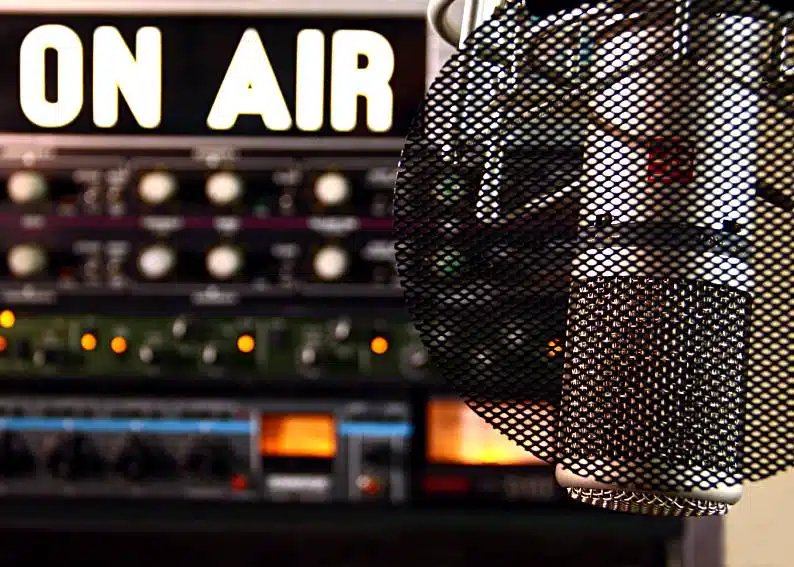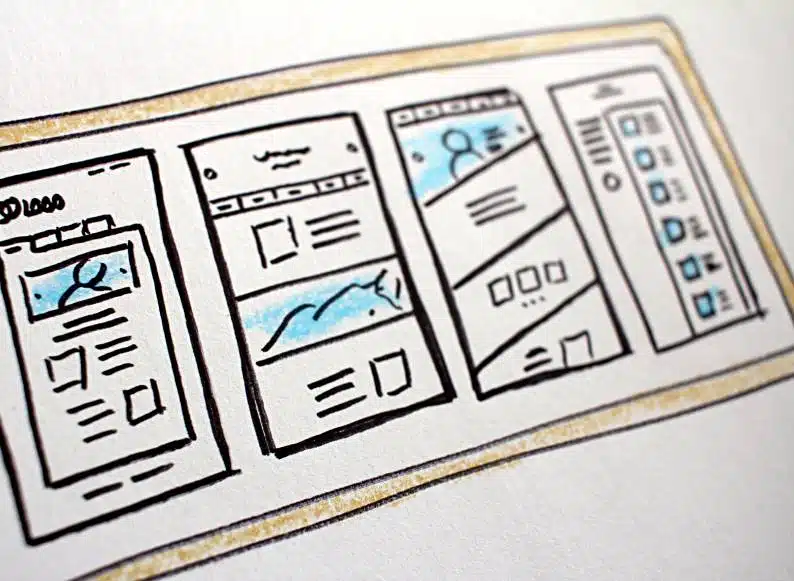words Al Woods
Roofing problems can often start small but swiftly evolve into costly repairs if not addressed promptly. Understanding the fundamental tips for identifying and fixing roofing issues is essential for homeowners seeking to maintain their property’s value and ensure their family’s safety. This blog aims to equip you with the knowledge to spot early warning signs of roofing damage, ranging from the obvious to the more subtle, and offers practical advice on how to tackle these issues before they escalate. Whether you’re faced with missing shingles, leaks, or wear and tear, our guide is here to help you protect your home against the elements effectively.
Working With Local Professionals
Once you’ve identified potential roofing problems, consulting with local professionals is a crucial next step. Local roofing contractors bring a wealth of knowledge about regional weather patterns and the types of damage that homes in your area are most susceptible to. They can offer tailored advice and solutions that are not only effective but also cost-efficient in the long run. Whether you need a roofing company in Edmonton or any other location, make sure to do your research and get multiple quotes before making a decision. Look for reputable companies with positive reviews and ask for references from past clients.
Addressing Leaks and Water Damage
Detecting and fixing leaks and water damage early can save homeowners significant time and money. The first step is to regularly inspect your roof for any signs of water penetration, such as dark spots on ceilings, mold, or unusual mustiness inside your home. Once a leak is identified, it is crucial to determine its source. This can be challenging, as water can travel far from the initial entry point before becoming visible.
Begin by examining the roof for missing shingles, damaged flashing, or clogged gutters, which are common culprits. Small leaks often can be repaired with a sealant, but more extensive water damage may require professional intervention. When in doubt, it’s best to consult with a roofing expert to assess the extent of the damage and recommend the appropriate course of action. Ignoring leaks can lead to structural damage, mold growth, and deteriorated insulation, so addressing them promptly is essential for maintaining the health of your home.
Repairing Shingles and Flashing
Shingle and flashing issues are among the most common roofing problems that homeowners face. Shingles can become damaged due to severe weather conditions, age, or physical impact, leading to potential water intrusion and further roof damage. To address shingle repairs, start by assessing the level of damage. For a few missing or broken shingles, it’s possible to replace them individually. Remove the damaged shingles carefully, lift the edges of the surrounding shingles, and remove the nails. Slide the new shingle into place, secure it with roofing nails, and apply roofing cement on the edges to seal it.
Flashing, which is used to seal and protect the joints in your roof (especially around chimneys, vents, and valleys), can also become a source of leaks if it is damaged or improperly installed. To repair flashing, remove any debris or old caulking from the area. Inspect the flashing for significant damage. Small holes can be patched with roofing cement, while larger issues may require replacing sections of the flashing. Secure the new or repaired flashing with roofing nails, and seal the edges with a waterproof sealant to prevent water from penetrating the roof structure.
Clearing Debris and Cleaning Gutters
Maintaining clean gutters is an essential, yet frequently overlooked aspect of roof care. Gutters clogged with leaves, twigs, or other debris can lead to water backup, which might cause damage to your roof, siding, and even the foundation of your house. To prevent such issues, it’s critical to clear your gutters and downspouts regularly, especially after the fall season or heavy storms. When cleaning gutters, ensure safety by using a stable ladder and wearing gloves.
Begin by removing debris from the gutters manually or with a suitable tool, then flush the gutters and downspouts with water to check for proper flow and identify any leaks. For homeowners who experience frequent clogging, consider installing gutter guards to minimize the accumulation of debris. Regular gutter maintenance not only extends the life of your roof but also protects your home’s overall structural integrity.
Being proactive and attentive to your roof’s maintenance needs can save you significant time, money, and headaches in the long run. By identifying issues early, working with local professionals, addressing leaks, and repairing shingles and flashing promptly, as well as maintaining clean gutters, homeowners can effectively protect their property against roofing problems. Always prioritize safety by consulting with experts for more extensive repairs and maintenance, and never hesitate to seek professional help when needed.






